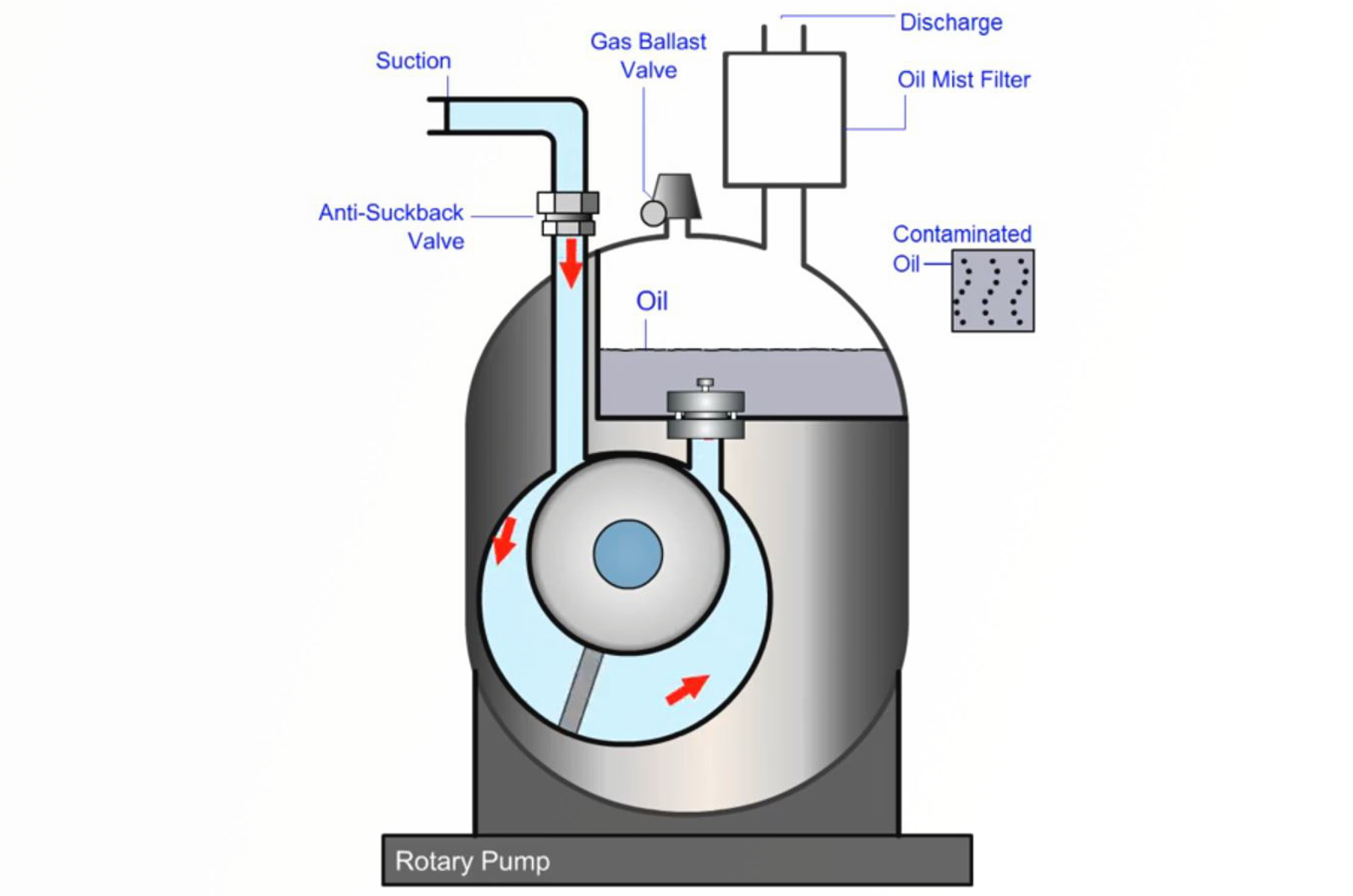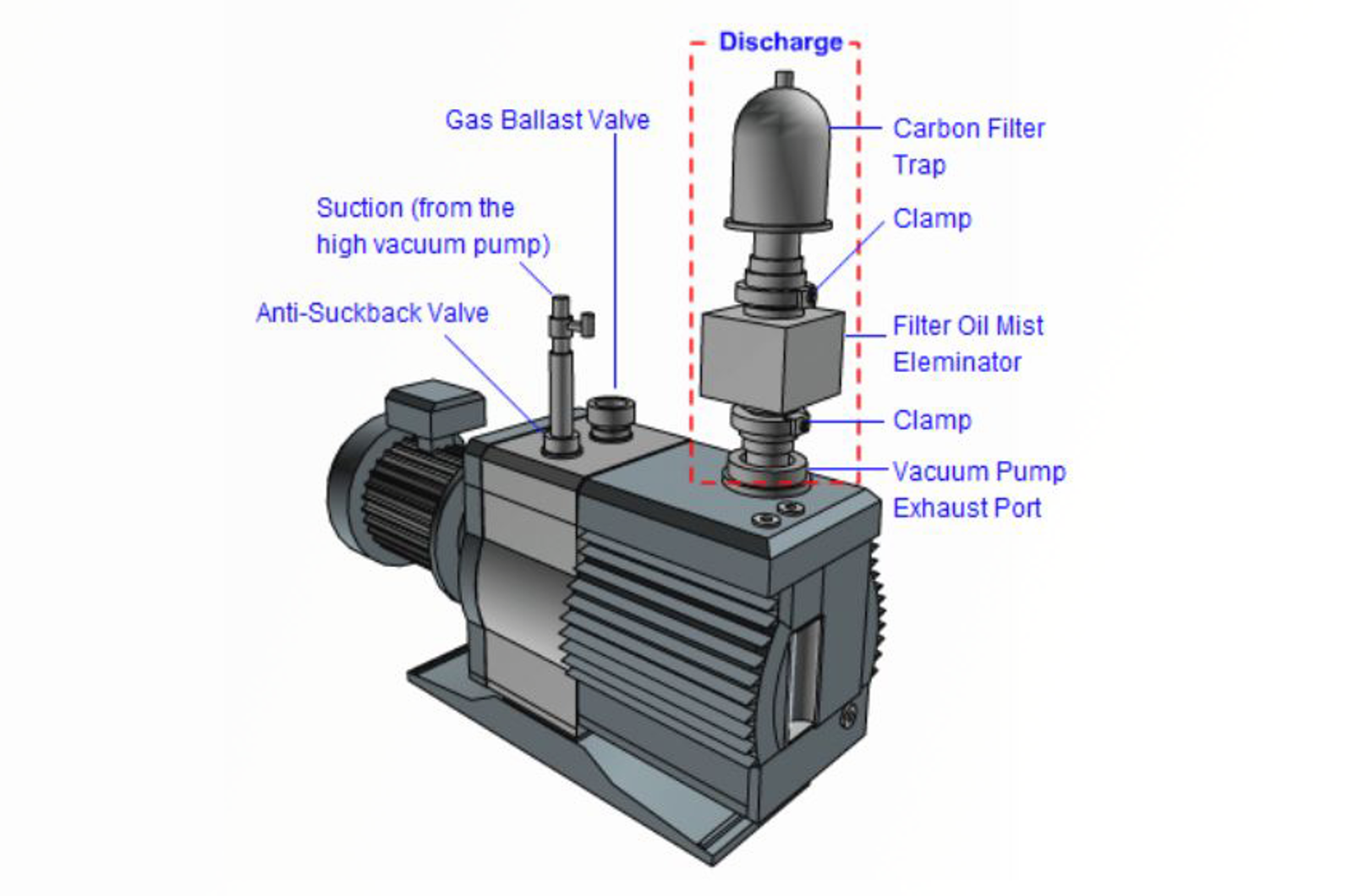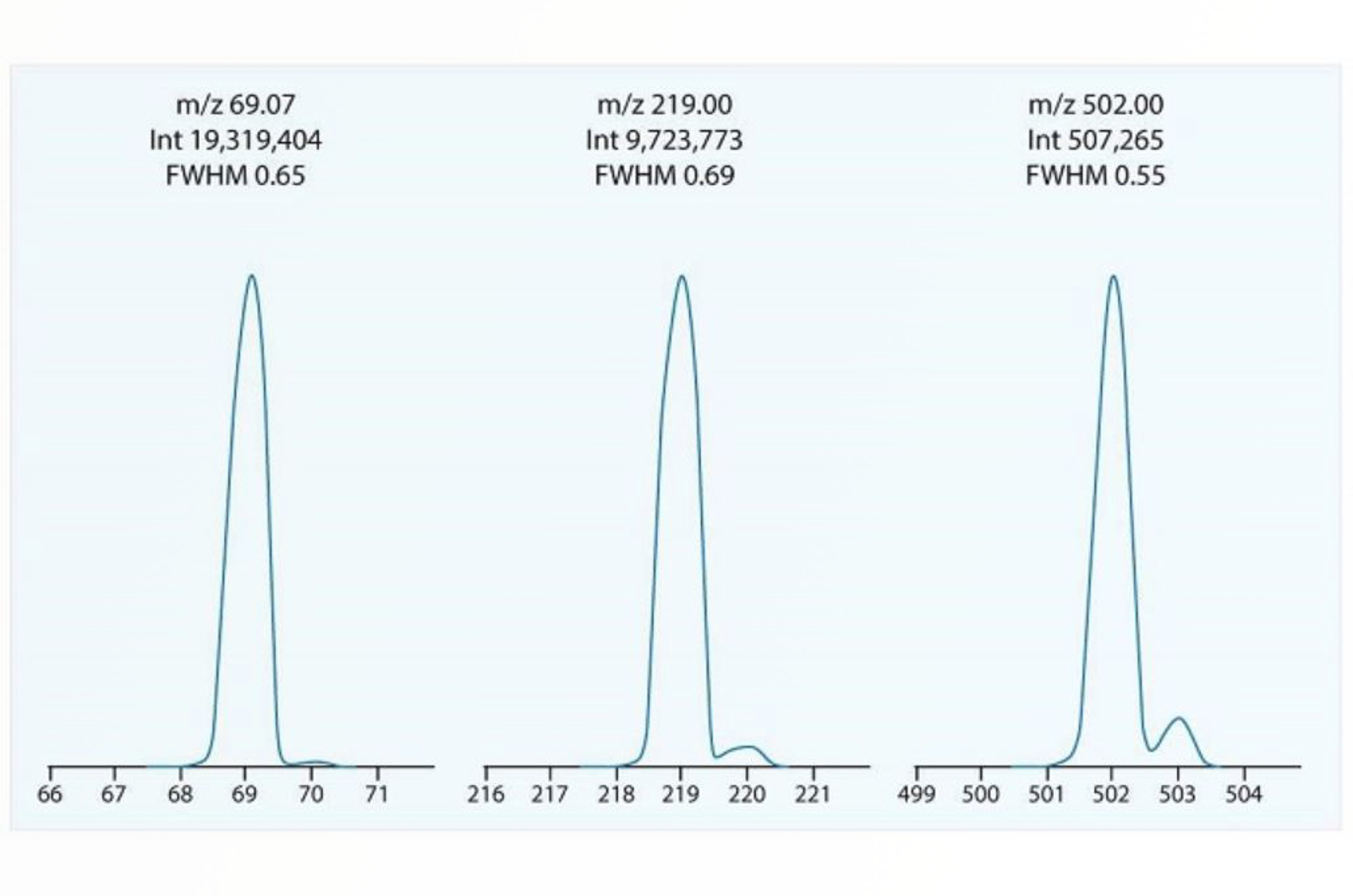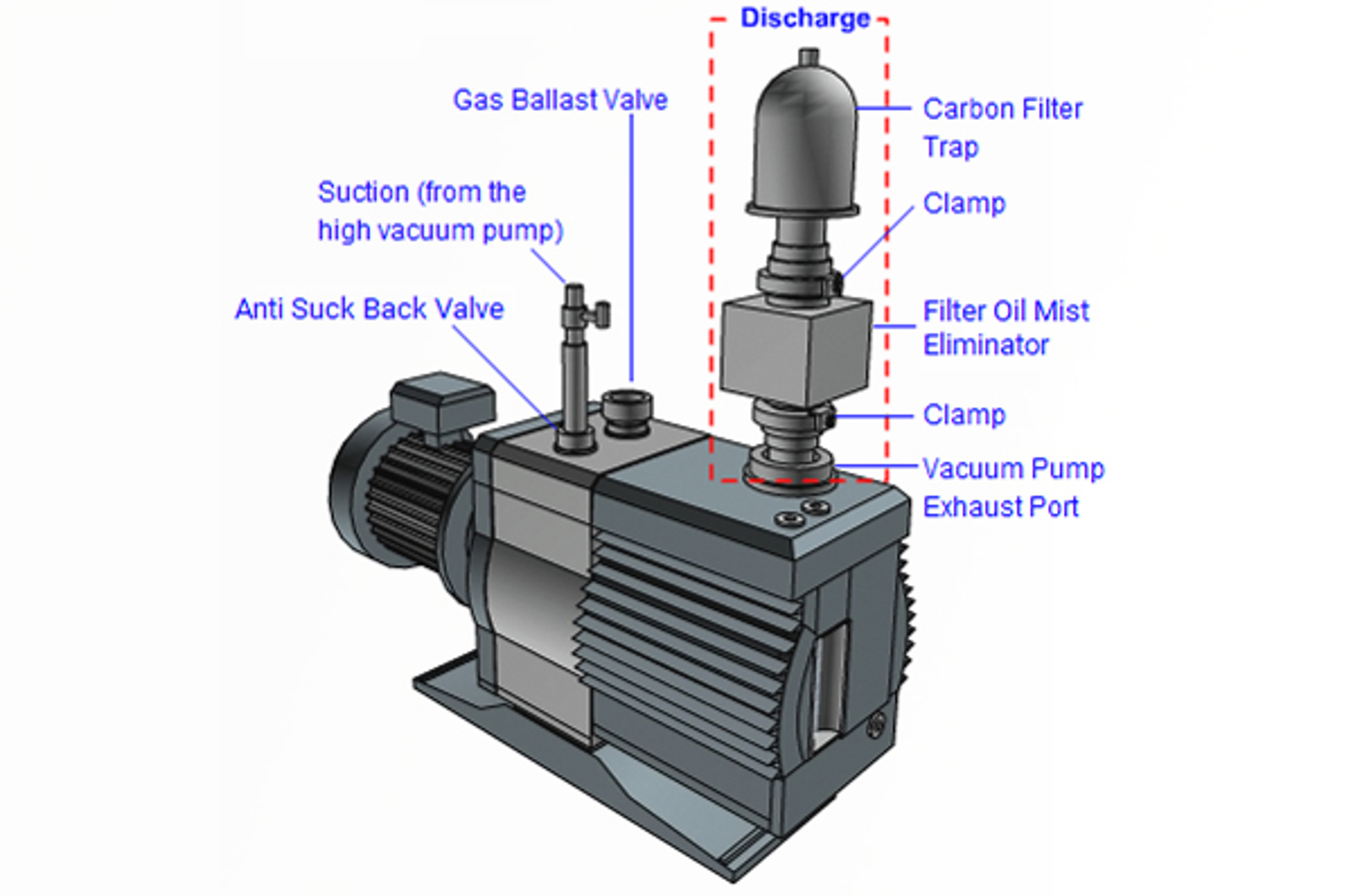Troubleshooting GC-MS
This learning path on troubleshooting GC-MS covers sensitivity issues, interpreting tune reports for ion optics, mass accuracy, and detector performance. It includes identifying contamination, leaks, and column degradation. Practical strategies focus on pump maintenance, vacuum integrity, and optimizing ionization for consistent, high-sensitivity GC-MS analysis.
5 Quick Guides

5 Items

GC-MS Troubleshooting - Sensitivity
Many diverse problems can cause a reduction in sensitivity with GC-MS. In this quick guide, we explore some of the most common causes, including sub-optimal tuning, detector problems, contamination, and sample introduction.

What Can a GC-MS Tune Report Tell You?
A GC-MS tune report is invaluable as it provides information on how well the instrument is working, indicates if cleaning or maintenance is required, serves as a chronicle of how the instrument has performed in the past, and can be used to diagnose problems when troubleshooting.

GC-MS Contamination
Contamination is usually identified by excessive background ions in the mass spectrum. Contamination can originate from GC or MS components in the system. The source of the contamination can sometimes be determined by identifying the contaminant. Some contaminants are much more likely to originate in the GC, some others in the MS.


